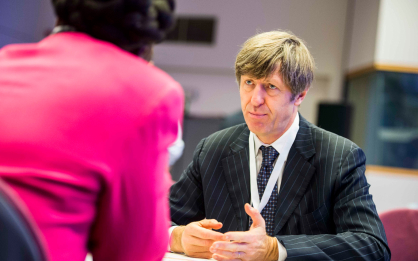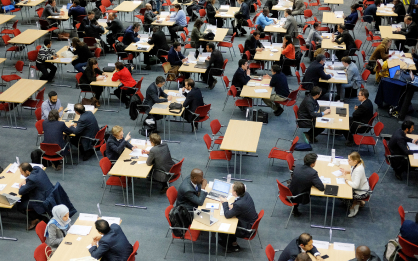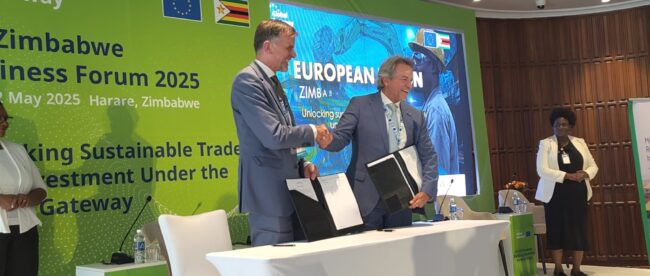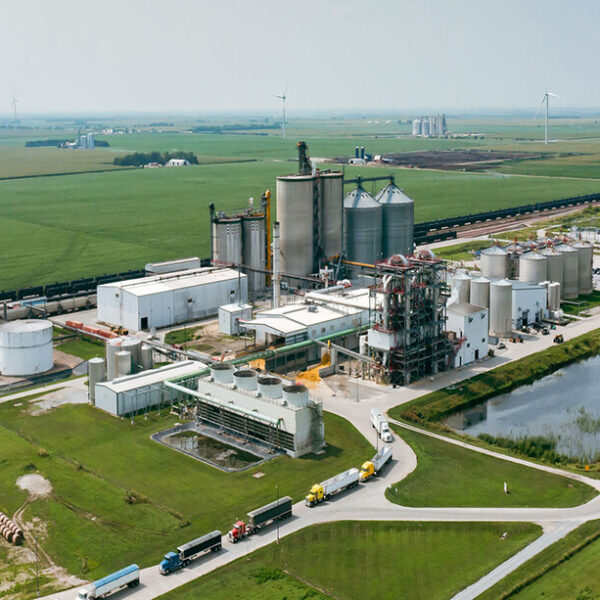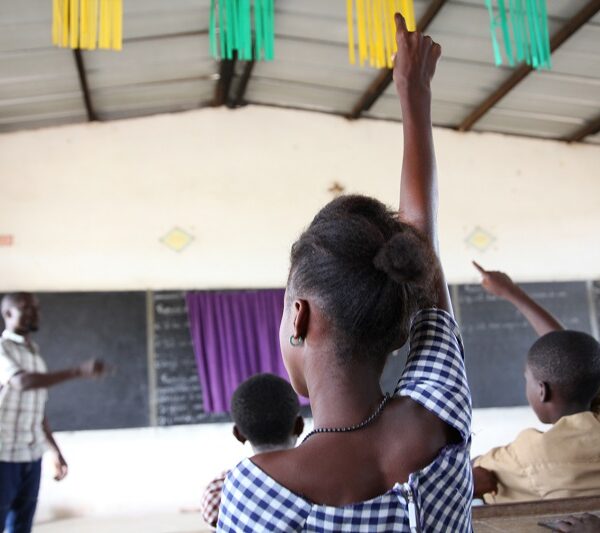GET.invest Zimbabwe
- GET.invest Zimbabwe
- Who we are
- Team Europe One Stop Shop
- Our results
- Our partners
- Country windows
- The team
- News
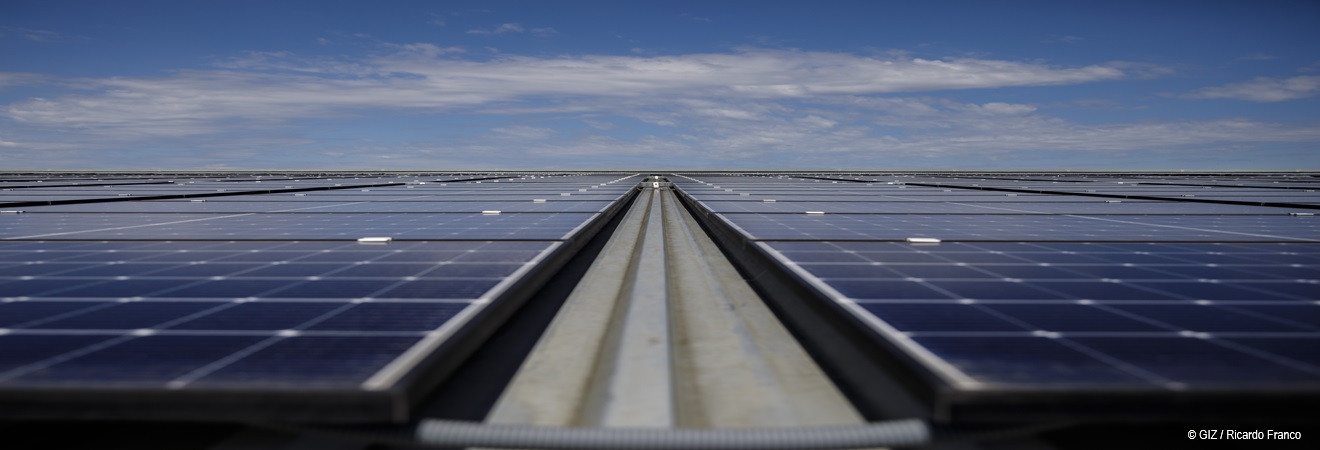
The country window
GET.invest Zimbabwe was established in May 2025 with funding from the European Union and Germany. It builds on the services of the broader GET.invest programme to unlock financing for clean energy projects and businesses, and tailors them to the Zimbabwean context.
Zimbabwe’s reliance on hydropower has led to electricity shortages as climate change-induced droughts reduce water availability. Diversifying energy sources is now critical. With abundant solar resources, Zimbabwe has a strong opportunity to harness affordable, fast-deployable renewable energy.
The country also benefits from hosting the Southern African Power Pool (SAPP), a major regional electricity trading platform, which supports affordable energy access through cross-border cooperation. While rural electrification has progressed, universal access remains unmet. To address this, GET.invest Zimbabwe will support clean energy companies and projects through its Finance Access Advisory and boost local currency lending via EDGE Finance. These services aim to unlock investment, scale renewable energy solutions, and drive Zimbabwe’s energy transition and electrification goals.
Partners
GET.invest Zimbabwe is being jointly implemented with GET.transform, ensuring that the regulatory framework is continuously improved to attract and facilitate private investment in the energy sector. The Ministry of Energy and Power Development serves as the Zimbabwean political partner for this initiative. Key international stakeholders, including the World Bank and the African Development Bank, are actively engaged in Zimbabwe’s energy sector, alongside several other multilateral institutions and GET.invest donors such as Sweden and the Netherlands.
Strategic collaboration is envisioned with the state-owned Zimbabwe Electricity Supply Authority (ZESA), the parent company of the Zimbabwe Power Company (ZPC) and the Zimbabwe Electricity Transmission and Distribution Company (ZETDC). Additionally, the Zimbabwe Energy Regulatory Authority (ZERA) will be a key partner in shaping a conducive regulatory environment.
Zimbabwe already hosts a number of Independent Power Producers (IPPs), with a promising pipeline of emerging developers. Their collective interests are represented by the Renewable Energy Association of Zimbabwe (REAZ), which plays a pivotal role in advocating for and supporting the growth of the renewable energy sector.



